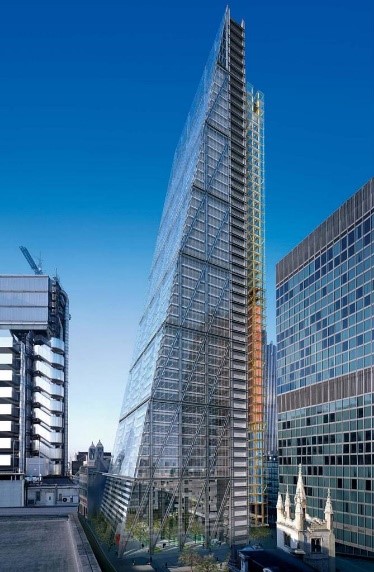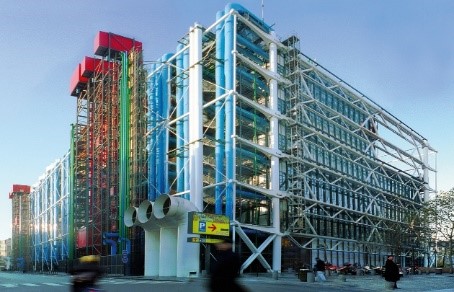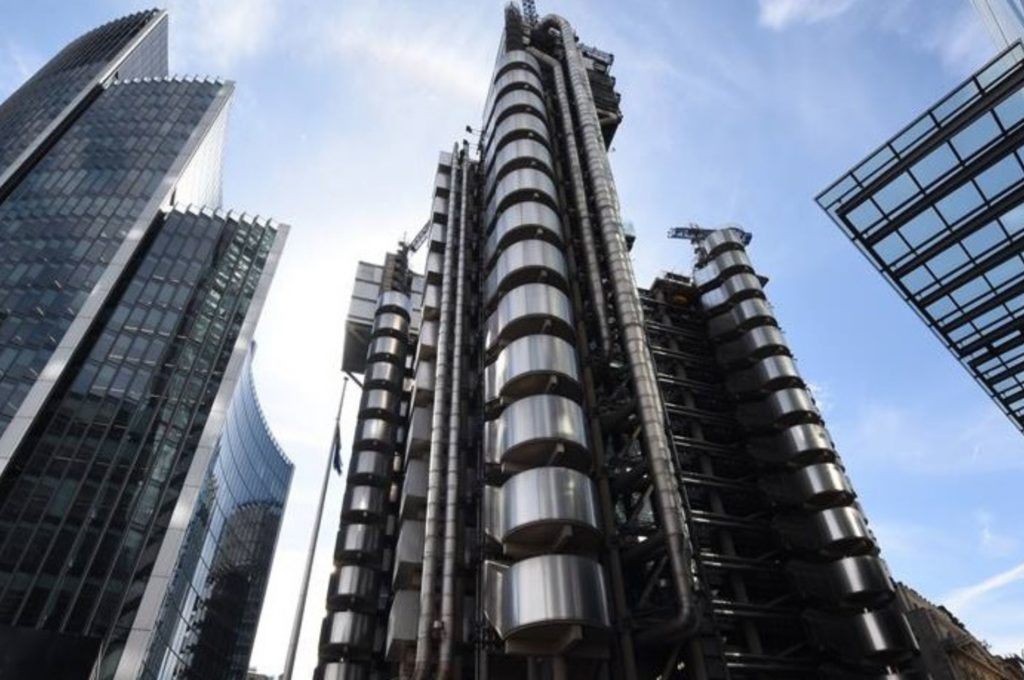Influential and divisive, Architect Richard Rogers has announced his retirement. Architectural Assistant Tina Humphreys from Planning & Design Practice looks back at his illustrious career, and how he has influenced a new generation of Architects.
Who is Richard Rogers?
- He is an Italian Architect, aged 87.
- He was born in Florence, Italy.
- Famed for a high-tech approach to architecture – turning buildings inside out, celebrating the structure and components of a building.
- He Founded Rogers, Stirk Harbour and Partners Architecture Practice in London in 1977 , which was originally known as Richard Rogers Partnership.
- Famous for buildings such as The Millennium Dome, Lloyd’s Building London, The Centre Pompidou in Paris and the Leadenhall building in London, also known as the Cheesegrater.
- He has won many awards including; RIBA Gold Medal Award, RIBA Stirling Prize, Pritzker Prize.
- He was the chief advisor on architecture and modernism to the Mayor of London for 8 years.
- Graduated from Yale school of architecture in 1963.
- Richard Rogers is also known for his animosity towards Prince Charles after a competition entry by Rogers was ceased due to Charles criticising his designs for Chelsea Barracks site in London to the client. Both have opposing views on architectural styles, community and place making, however Charles was never forthcoming with discussing his differing views with Rogers.

“Richard Rogers steps down from Rogers Stirk Harbour + Partners after 43 years”



Richard Rogers – Career in short
Richard was most influenced by his mother, she was a potter and had very modern views and believed art was part of life, he said she shielded him from fear of the new.
Richard Rogers started his career working alongside other architecture graduates such as Su Brumwell, Norman Foster and Wendy Cheesman, forming a firm called Team 4 in 1964, they Split in 1967 after only a handful of projects. Richard went onto marry Su Brumwell, who studied town planning and set up their own architecture practice, but they divorced in the 1970’s.
In 1971 Richard Rogers and Renzo Piano (another Italian Architect) set up Piano and Rogers in London. Piano and Rogers won a competition for the design of the Centre Pompidou, which went on to become a well-known piece of architecture, famous for its exposed structural and playful exterior. Piano and Rogers then split in 1978.
Richard then set up another practice alongside three other architect’s that he knew from his architecture career so far. This led onto the word famous building in London, the Lloyd’s of London building. Rogers exposed all the service elements to the exterior and plant rooms located at the top, the building uses stainless steel for most part of the exterior.
In 2007 Richard Rogers Partnership was turned into Rogers Stirk Harbour and Partners, which revealed notable partners of the practice who were colleagues.
Rogers Architectural Style
- High-tech architecture started in the 1960’s.
- Structural elements and circulation spaces were notable and celebrated.
- Advances in engineering were evolving which Richard Rogers took advantage of within his work.
- Richard’s style was all about transparency and colour.
Sir Richard Rogers – Legacy and impact
Richard is leaving his London architectural practice, however his name, colourful shirts and his influence in the public realm will not be forgotten. He seemed to want to create a sense of community within his practice and with his colleagues and co-workers, taking them out for lunch and dinners, including a glass of wine or two or having a game of Ping-Pong in the office.
His first notable piece of architecture, the Pompidou Centre in Marais, Paris must have been a monumental shock to the Parisian tastes, however it has now become one of the most visited and iconic museums in the world. Rogers started his idea of fun and colour in culture with this project alongside the Architect Renzo Piano, exposing ducting, pipework and lifts, features which would then become world known. Although strangely, applying for the competition of the project was done so against Rogers will, which he announced at one of his lectures in 2017, saying “It was absolutely against my will, but being a good democrat I accepted that I was voted out by Renzo Piano, my wife and the engineers”.
Richard believes everybody has rights to public spaces, saying there should be a law that everybody should at least see a ‘tree from their window’.
He thinks buildings must adapt to their context, and that materiality plays a key part.
My favourite of his work’s has to be his iconic Lloyd’s building in London, which I visited whilst in London for the Open House event which runs annually. It’s a monumental building which I am fascinated by, it is a timeless building which reveals its trueness and innovative ways of creating space, light and circulation within what is probably a great building to work in every day. All the services, lifts, mechanical services, and ducts are located externally and exposed to allow more floor space internally which are flexible with the use of large amounts of glazing.


At the time, the Lloyd’s building and Richard’s innovative ideas were very different and out there. Sometimes in the world of architecture, you cannot shy away from being different, which is what I find admirable about Richard Rogers.
RHSP will continue, with Rogers name being removed within the next two years. He formally retired in June and the practice will now be led by Partners Stirk and Harbour. Richard will now be kept busy with his four children and thirteen grandchildren.
Having graduated from De Montfort University in Leicester with a Master’s in Architecture degree, Tina has now started her RIBA part 3 course at the beginning of 2019. Tina is enthusiastic and working hard towards becoming an RIBA Chartered Architect. Tina is part of our approachable and experienced team that comprises RIBA Chartered Architects, architectural assistants, designers and technicians. Our architects have true international expertise having worked on large scale projects in Russia, Germany, Spain and the United States as well as across the UK, working with home owners on a daily basis to provide the technical knowledge, design ideals & relevant expertise to help guide you through what can be a daunting process. Contact us for more information on how we can help you achieve your dream project.



